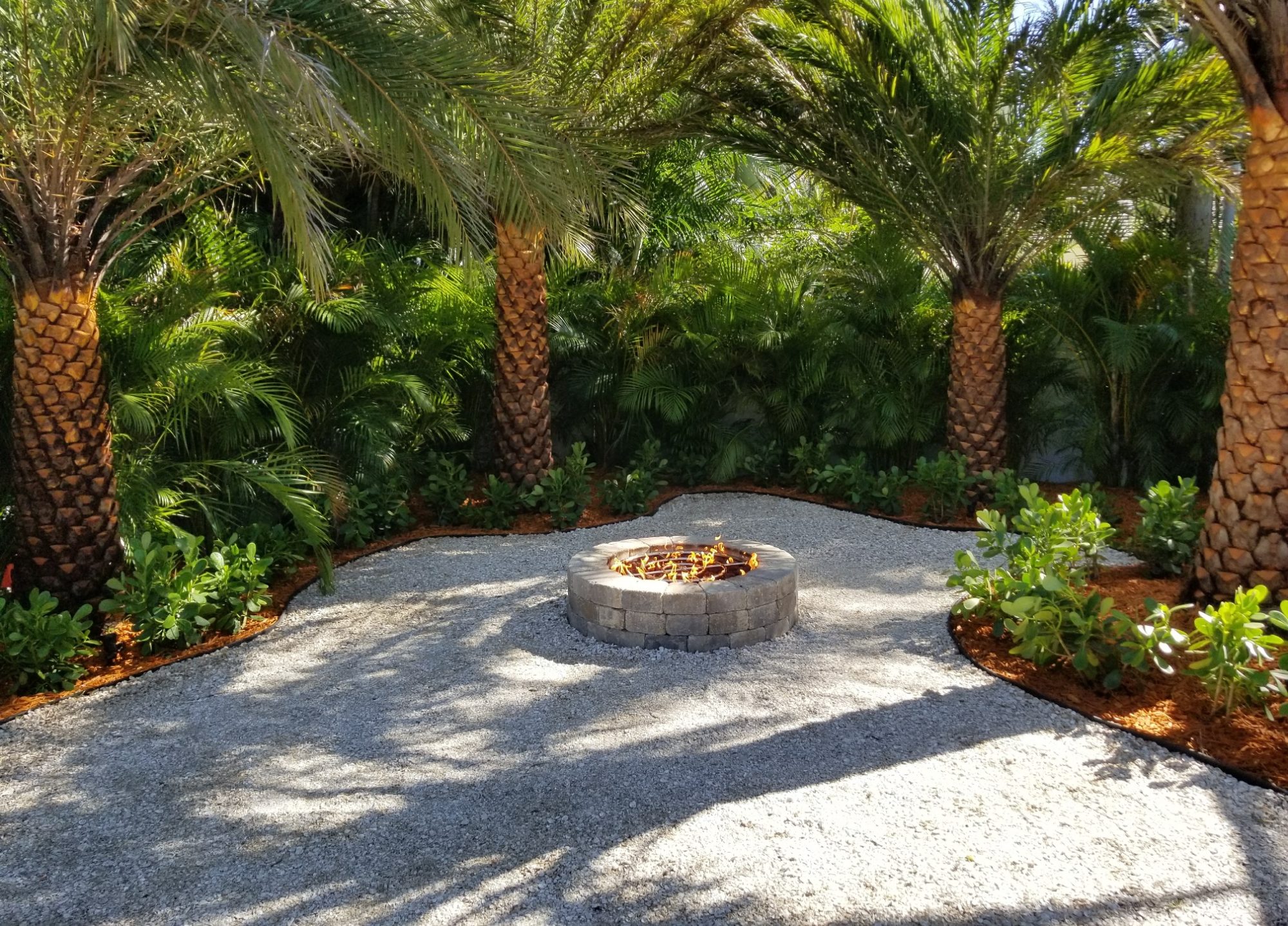There are many aspects to maintaining a beautiful landscape. One component that often does not get enough attention is mulch. Mulch offers many benefits to your landscape. Keeping your landscaping beds properly mulched is perhaps one of the easiest things you can do to help conserve water, prevent weed growth, and improve the overall look of your yard.
One of the major benefits of mulch in landscape beds is the fact that mulch helps maintain moisture in the soil. Mulch provides soil with a layer of protection from the sun and helps prevent soil moisture from evaporating, which in turns reduces the need for irrigation. Mulch also helps inhibit the growth of weeds. This helps reduce the need for chemical herbicides and other weed control techniques. Mulch also helps maintain soil temperatures by keeping it cooler in the summer and warmer in the winter. Over time mulch decomposes and helps improve your soil.
Finally, mulch can be a great alternative for areas in which it is difficult to grow grass, such as very shady areas. With a wide range of colors and textures mulch doesn’t have to be boring. With all of these benefits in mind, the next time you think about maintaining your landscaping, don’t forget about mulch!

